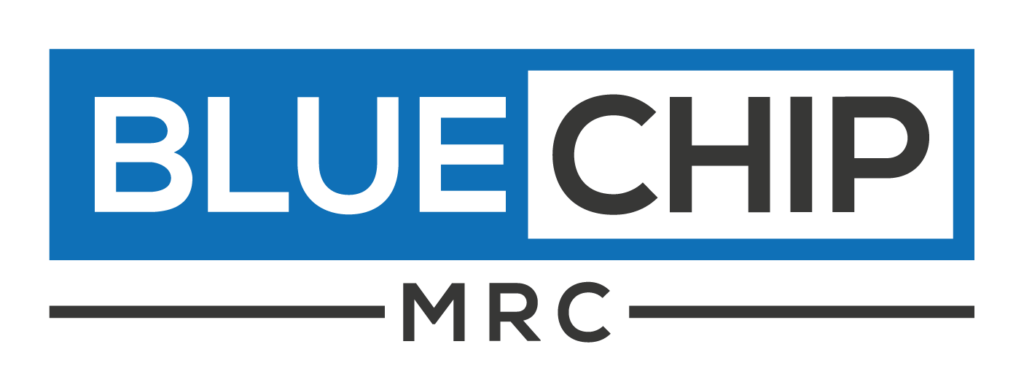Optimizing calibration frequencies for 197 meters could save $146k over 5 years, showcasing the tangible benefits of inspection frequency adjustments.

Case Study
Optimizing Metering Point Frequencies of Regulatory Inspections in the Oil and Gas Industry
Client: Mid-size producer
Overview
Challenge
The challenge lies in determining the optimal frequency for regulatory inspections at metering points while maintaining compliance with industry standards and regulations. This requires a thorough analysis of existing inspection frequencies, data availability, and potential cost-saving opportunities without compromising operational integrity or regulatory compliance.
Solution:
Directive 017 – Exception Opportunities
- Gas Meters (Calibrations)
- 5-year from Annual
- Annual from Semi-Annual
- HCL Meters (Proving)
-
- Biennial from Annual
- Quarterly from Monthly
-
- Internal Inspections
-
- Doubling Frequency
-
- Sampling
- Pool Representation
- Biennial from Annual
- Exemption
Outcome:
Upon completion of the Metering Point Frequencies analysis and implementation of recommendations, several key outcomes were achieved:
- Significant cost savings identified through optimized inspection frequencies for gas meters, HCL meters, internal inspections, and sampling points.
- Enhanced data tracking and documentation systems to improve compliance and streamline inspection processes.
- Increased efficiency in regulatory compliance management through systematic review processes and vendor education initiatives.
- Invitation for further discussion and questions to facilitate ongoing improvement and refinement of inspection optimization strategies in the oil and gas industry.
In conclusion, the optimization of inspection frequencies in the oil and gas industry presents a valuable opportunity to improve operational efficiency and reduce costs. By leveraging data analysis, process improvements, and industry collaboration, organizations can achieve sustainable compliance while maximizing operational performance. Continued monitoring and adaptation to evolving regulatory requirements will be essential in maintaining the effectiveness of inspection optimization strategies over time.
Check out our measurement service offerings and to learn more about how you can optimize inspection frequencies, feel free to reach out to info@bluechipmrc.com for additional information or to discuss specific insights from this case study.
Interested in finding out more? Call or text us 825-975-8574 today
Read more Blue Chip Articles
The oil and gas industry is embracing a wave of digital transformation. Among the many innovations making an impact, Virtual Flow Meters (VFMs) stand out as a game-changer. By leveraging advanced
5 Steps to EFM Meter Compliance A Simple Guide to Navigate Directive 017 Requirements Compliance with AER Directive 017 can feel overwhelming, but with a clear plan, it’s entirely manageable.
In the oil and gas industry, precise measurement is not just a technical requirement—it’s a business imperative. Misaligned meter factors (MFs) and errors in shrinkage factor (SF) application can

